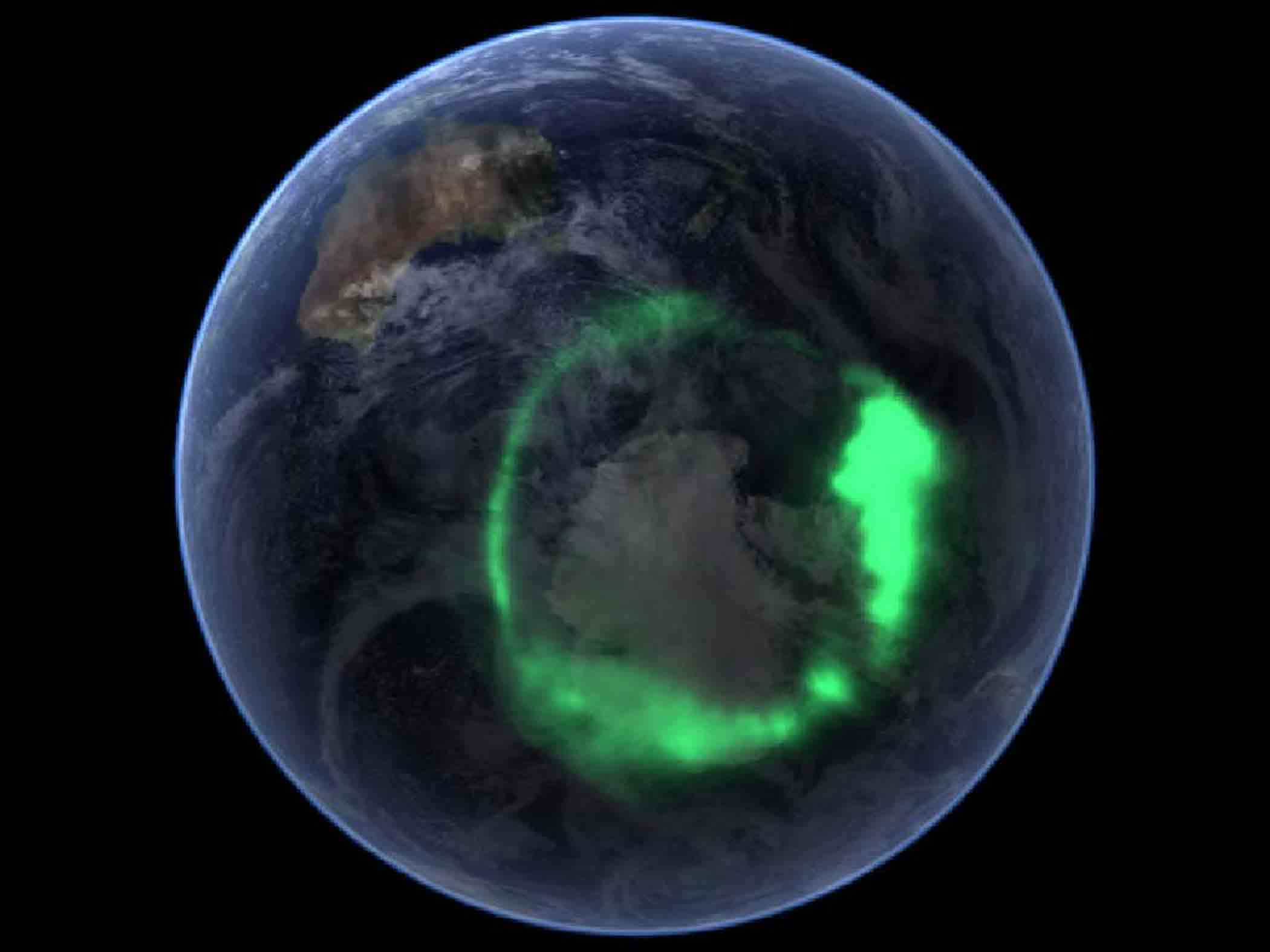
In 1968, when John Lennon sang “Images of broken light, which dance before me like a million eyes”, he could have been describing the “aurora”. Few have seen this mesmerising wonder of the natural world with their own eyes. And, of those who have seen it, fewer still have realised that what they are actually seeing is a mere segment of a “ring of fire”.
The aurora, or northern (southern) lights, is created by the solar wind, the million-mile-an-hour hurricane of charged particles – mostly protons and electrons – that streams outwards from the Sun and past the planets. When the wind encounters the Earth’s magnetic field – which is not unlike that of a bar magnet – the particles are naturally funnelled down at the North and South Poles. There, high above the ground, they slam into atoms of the atmosphere, energising their electrons, which later shed the surplus energy as light. The green light often seen in the aurora comes from energised oxygen atoms.
The solar wind is a little like the electron beam in an old TV cathode ray tube. But, rather than painting a picture on a phosphorescent screen, it paints a picture on the night sky. If, as in a TV tube, the beam was carefully guided by magnetic and electric fields, it would be possible to create a coherent picture. Let’s hope McDonald’s never gets the idea and paints giant Golden Arches over the North Pole!
Marcus Chown’s latest books are Tweeting the Universe and Solar System, both published by Faber

